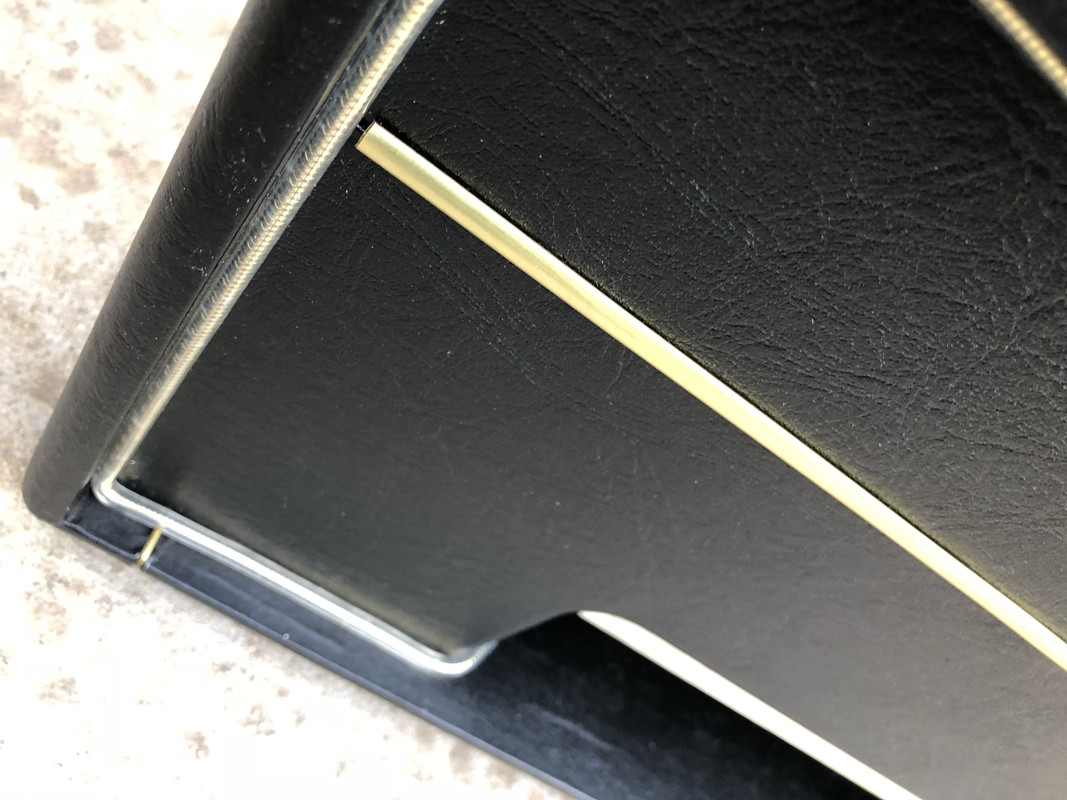the worst part is the mica capacitors and the double electrolytic caps x)Part of the fun is finding the most accurate parts for a build.
ah and do not forget the pots because i believe marshall used 10% tolerance accuracy pots while nowadays unless you buy pec pots you will only find 20% x)
that's one of the main reasons old marshalls sound different... the pots... from 10 to 20% it is a huge difference.














